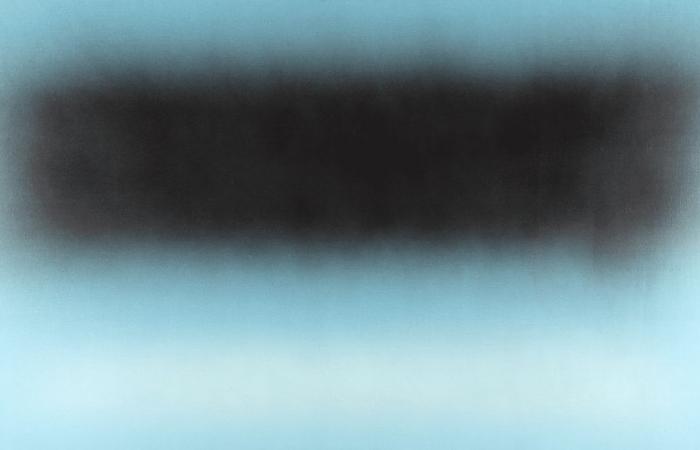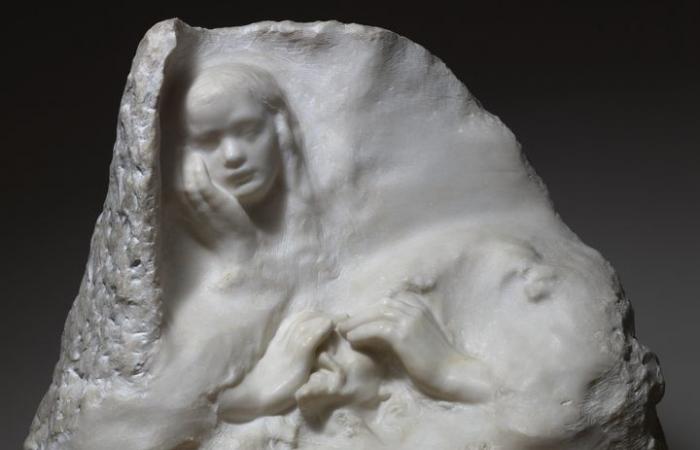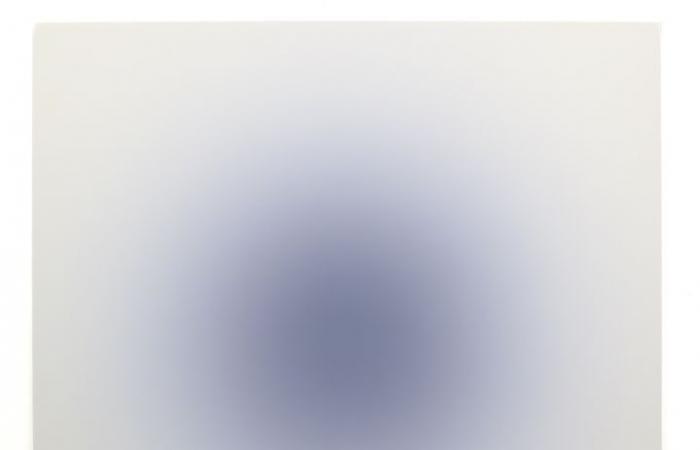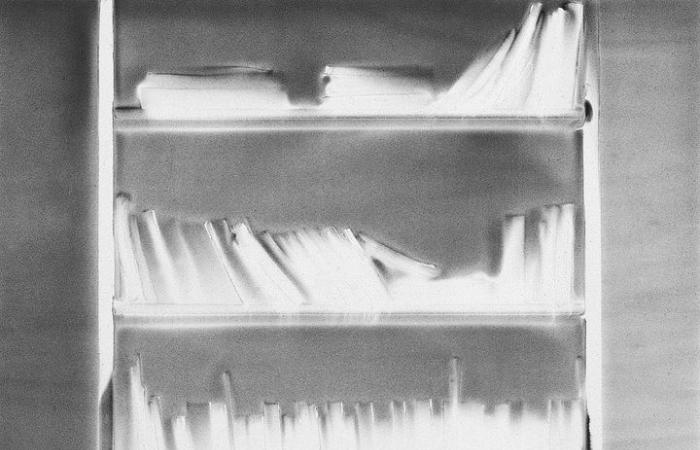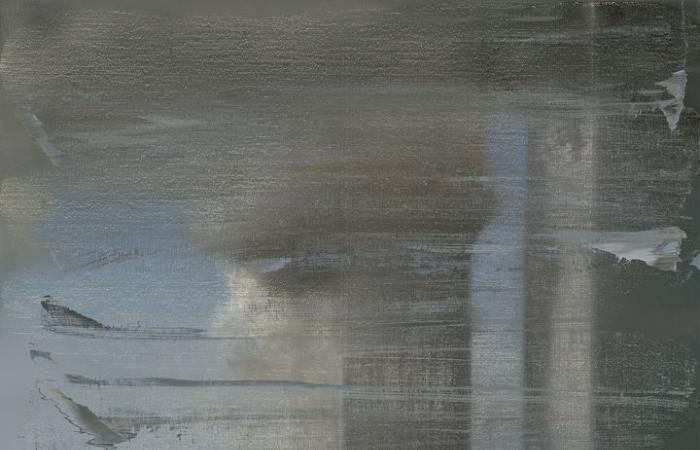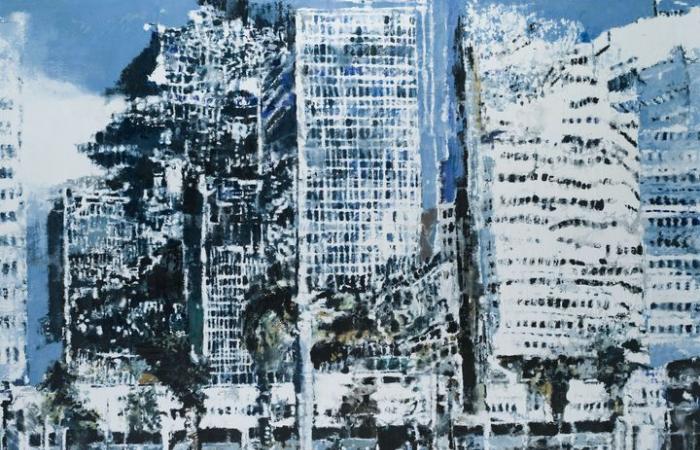The exhibition In the vagueness, another vision of art from 1945 to the present day (Until August 18) has its source in a masterpiece: The Nympheas by Claude Monet. A large decor installed since 1927 at the Musée de l’Orangerie, in the Tuileries Garden, in Paris. A vagueness reigns over these large aquatic compositions populated by water lilies. His contemporaries attributed it to a problem of vision of the painter, assigned to the end of his life by an eye disease. The exhibition commissioners deem more relevant to explore this vagueness by postulating that it was a real aesthetic choice of the master of impressionism.
This intriguing fog has since flourished, declined by many artists by means of various techniques. The thematic route of the exhibition is intended “at the same time sensitive, historical, poetic and political “, According to the words of Claire Bernardi, director of the Orangery Museum and exhibition commissioner. Among the sixty artists represented, more than half are still alive. Here is a small praise of the indistinct sketched with seven shades of blur.
1 Auguste Rodin’s “last vision”
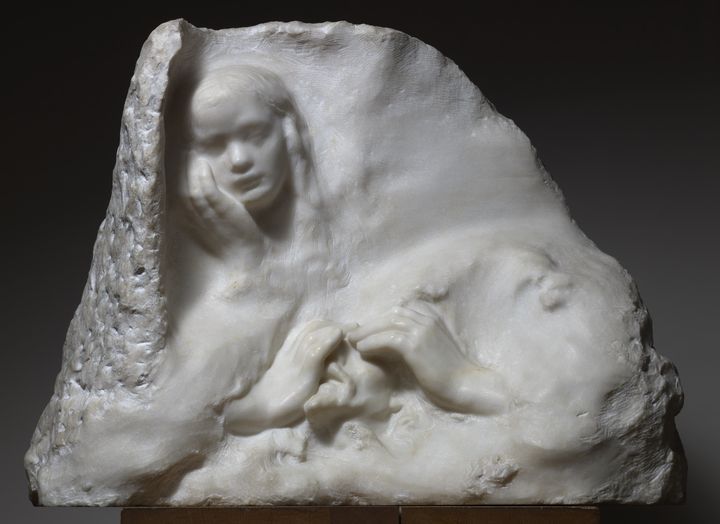
In the first room, as a prologue, dialogue very different works: the oldest, a misty landscape painted by William Turner around 1845, played The Nympheas basin, pink harmony by Claude Monet and a cube of transparent condensation of the conceptual artist Hans Haacke, trapping both the fog and the instability of our environment. The white marble block of Auguste Rodin proves that blur and sculpture are not contradictory, as one might think. The artist blurs the contours of his marbles, vibrating the material. Emilia Philippot, exhibition co-commissioner, explains that Rodin practiced the “not finished“, leaving certain areas in a raw state, with traces of tools, while it was polishing others “In a very delicate way to obtain a vaporous effect”. This 1902 work is also baptized Before sinking. “On really feels likesaid the curator at the National Heritage Institute, that the figures arise from the block and at the same time as they are sucked in by him “. This is particularly true for the bottom character “which veils the eyes and seems to be destroyed by an inner vision“. The work really has a spectral dimension.
2 The “Tribute to Monet” by Vincent Dulom
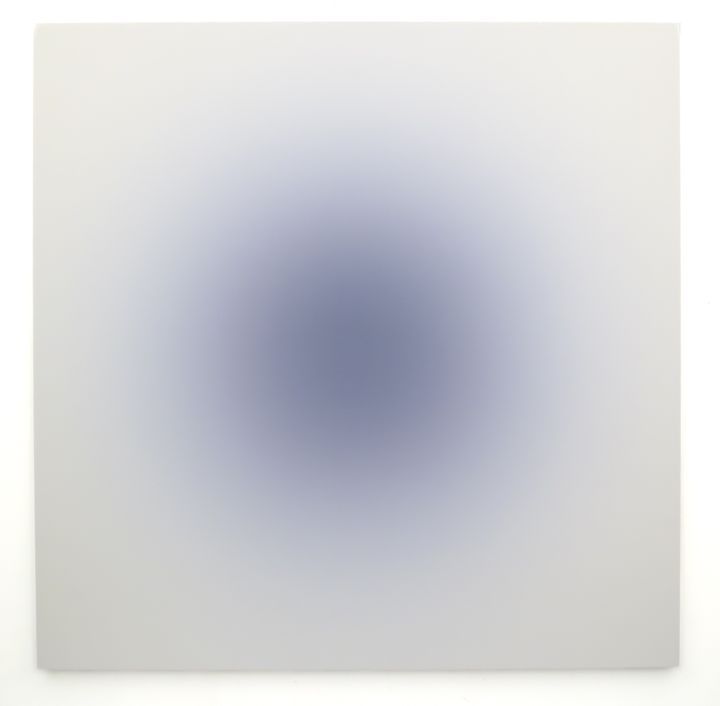
You have to take the time to stop in front of this work made specifically for the exhibition. The more we observe it, the more it escapes us, really elusive. Juliette Degennes, curator at the Musée de l’Orangerie, says that the artist, Vincent Dulom, first designed his project on computer with the latest digital tools. He then produced his painting by depositing on the canvas, in a single passage, a film of pigments using a printer. “”What is fascinatingshe said, It is the work of color. When you are facing the work, you see this indistinct and unrequited blue halo. The more we look at him, the more he evolves. If we stay focused, he starts to jump, to move. ” We take the test and we see that it is true. She also points out to us that after a few minutes, the halo dissolves and that the blue pigments seem to be distributed over the whole canvas, as if by magic. “”It is the great question of the perception of the limits of our gaze which is activated by the work itself“, Analysis the expert, admiring before this 2.0 tribute to the vagueness of Monet.
3 Claude’s ghost shelf amongggiani


More figurative, this work is signed by an artist close to an Italian movement born in the 1960s, the Arte Povera [Art pauvre]. Its means of creation oppose the productivist logic of the consumer society. According to Juliette Degennes, Claudio amongggiani works here with “Elusive, fragile, volatile materials that give a vague effect “. Il Use a technique that it baptizes “controlled fires”. “”He goes to a room and sets fire voluntarily, explains the curator. He lets the work be done with the soot which is deposited on the scene. Then he comes to remove the objects and the furniture to make an imprint“, Says the curator. On this panel, soot and smoke designed, as in negative, the ghost of a shelf covered with books, with vaporous contours. The choice of the library is not trivial.”The artist refers to the autodafés that we have known in historyDéchiffre Juliette Degennes, And to these images which have reached us from Hiroshima with the imprints on the walls of human bodies vaporized by the atomic bomb “. Behind the vagueness sometimes hides a political message.
4 September 11 of Gerhard Richter
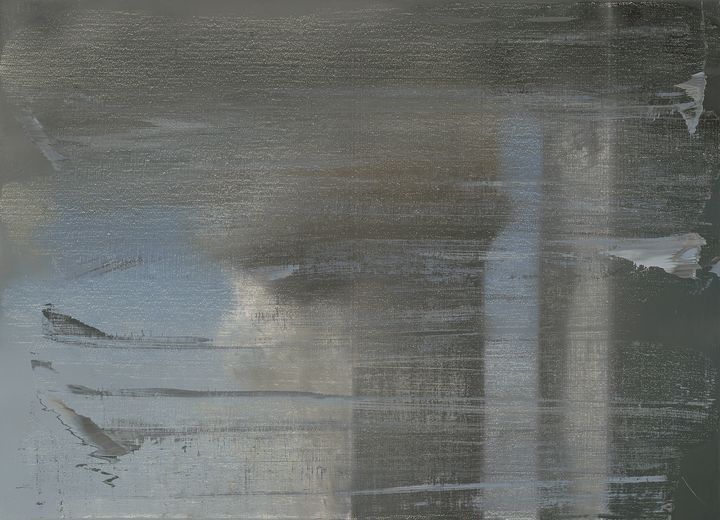
This small canvas, which could easily go unnoticed, is however one of the strongest in the exhibition. “”It has become the icon of an iconic image“, supports Claire Bernardi. Gerhard Richter made it from a very publicized photo of the September 11, 2001 attacks in New York: the collision of the first plane on the northern tower of the world Trade Center. At first glance, this is a very abstract, almost illegible painting.”It is the fact of knowing the source imageexplains the commissioner, which allows it to decipher it. What we see is the gesture of the painter who comes, with great brushstrokes, place painting on the image of the two twin towers, which is herself painted“. The superposition of diapers, as often in the German artist, creates”a surface vagueness“. He employs the granular materials that blush the sight and force to look better, also transcribing in painting the fog of television screens of a world saturated with images. Richter says that his relationship to reality has always had to do with the vagueness that he connects to insecurity, incompleteness and inconsistency. He is the most represented artist in the exhibition with canvas.
5 Alfredo Jaar’s unspeakable photo
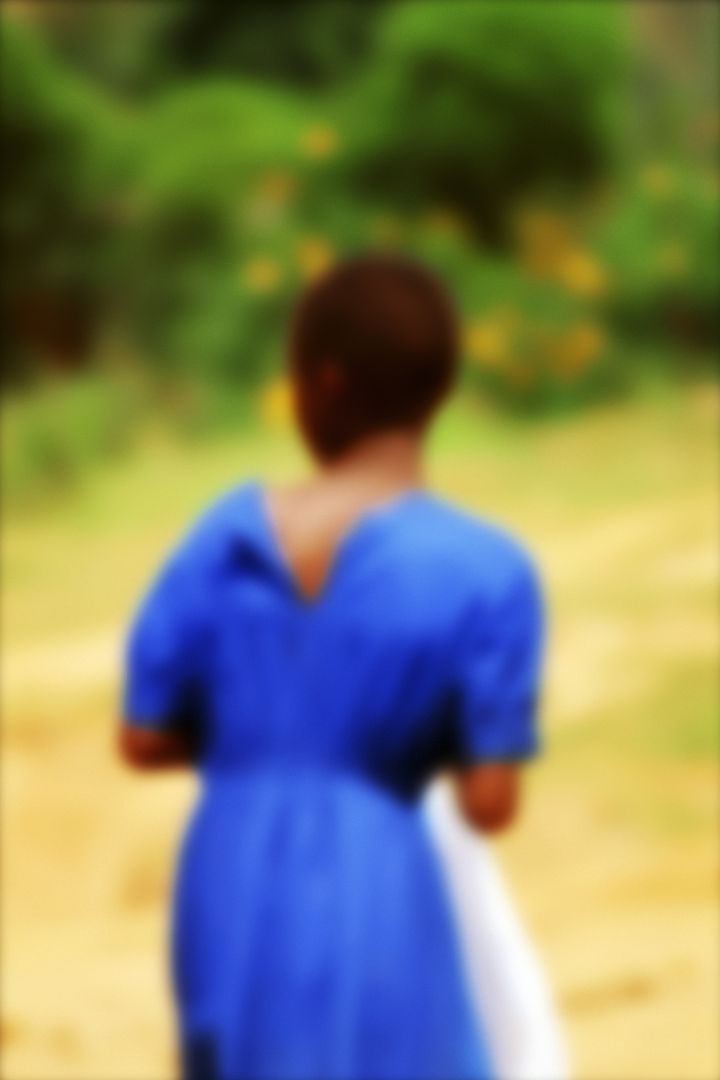
This big photo, vibrant like a painting by Cezanne, was taken by the artist, architect and Chilean director Alfredo Jaar, as part of a long project which he devoted to the genocide of the Tutsis in Rwanda in 1994. This young girl in blue was witness the massacre of her father and her mother with a machete. Alfredo Jaar had made an appointment with her, but when they answer her questions, the teenager, unable to say a word, left her back. In a reflex movement, he then seized his aircraft and took this shot without frame, without taking stock. “This blurred image, he says, represents my inability to tell the experience of this woman or the experience of Rwanda – The impossibility. “
6 Philippe Coigné’s “metamorphosis”

This French artist has developed a very special technique that allows him to play with blur in his works. “”It is a wax painting on canvasdescribes Claire Bernardi. Philippe Coigné in a figurative way, sometimes very realistic, sometimes less, of the images he makes from photographs taken during his trips to large megalopolises. “”Here it is a large set of homes in Tel Avivinforms the commissioner. And once he applied his paint to an emphasis, he takes an iron and partly passes it on the canvas, which melts the wax“. This amazing technique gives the impression that the towers are disintegrating. According to her,”It is also a way to evoke the saturation of the great megalopolises and to question our relationship to the collective “. The result is both aesthetic and disturbing.
7 Léa Beloousso’s blaze
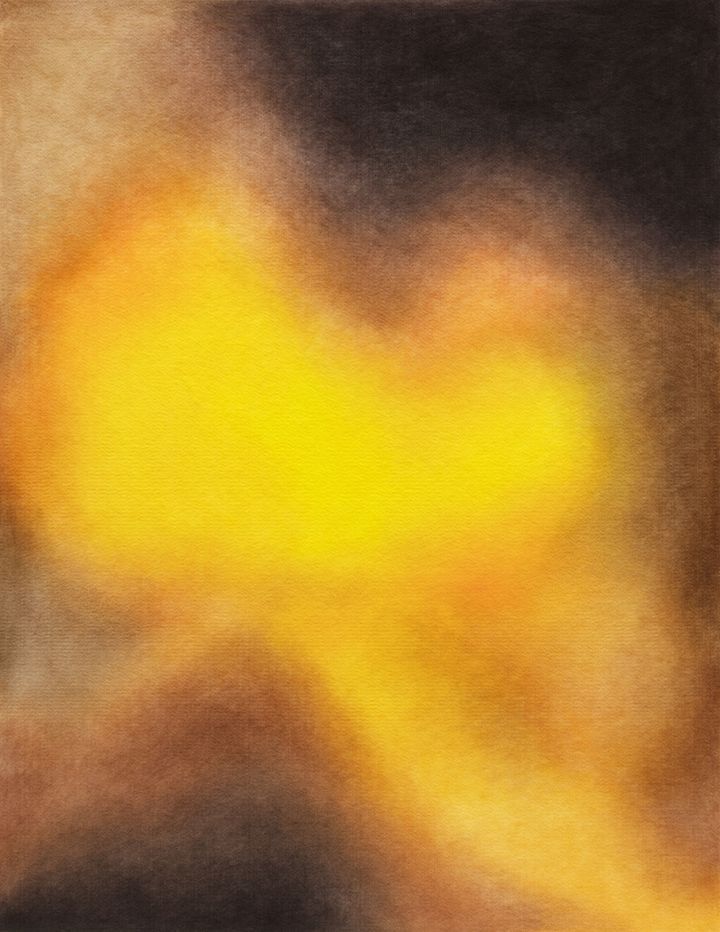

The only woman in our selection, she is also distinguished by the support used : a piece of wool felt, insulating material that could be trivially compared to a piece of carpet. Léa Belooussovitch, born in 1989, uses colored pencils on “Cfiery texture that will absorb the color and at the same time think it“, According to the co-commissioner of the exhibition, Emilia Philippot. She also works according to media images that she refrains.”Here, she focused on a detail of the mega-fires that ravaged California in 2021 “, she develops, In a series entitled Brasiers. “ With this soufre scent, the artist highlights the question of climate urgency. And his message is nothing blurred.
Exhibition “In the Flou” at the Musée de l’Orangerie du 30 April to 18 august 2025
Open every day, except Tuesday, from 9:30 a.m. to 6 p.m.
Full price at 11 euros, reduced price to 8.5 euros
Free the first Sunday of each month by mandatory reservation

